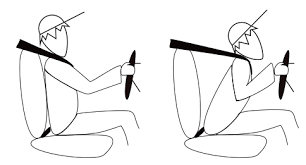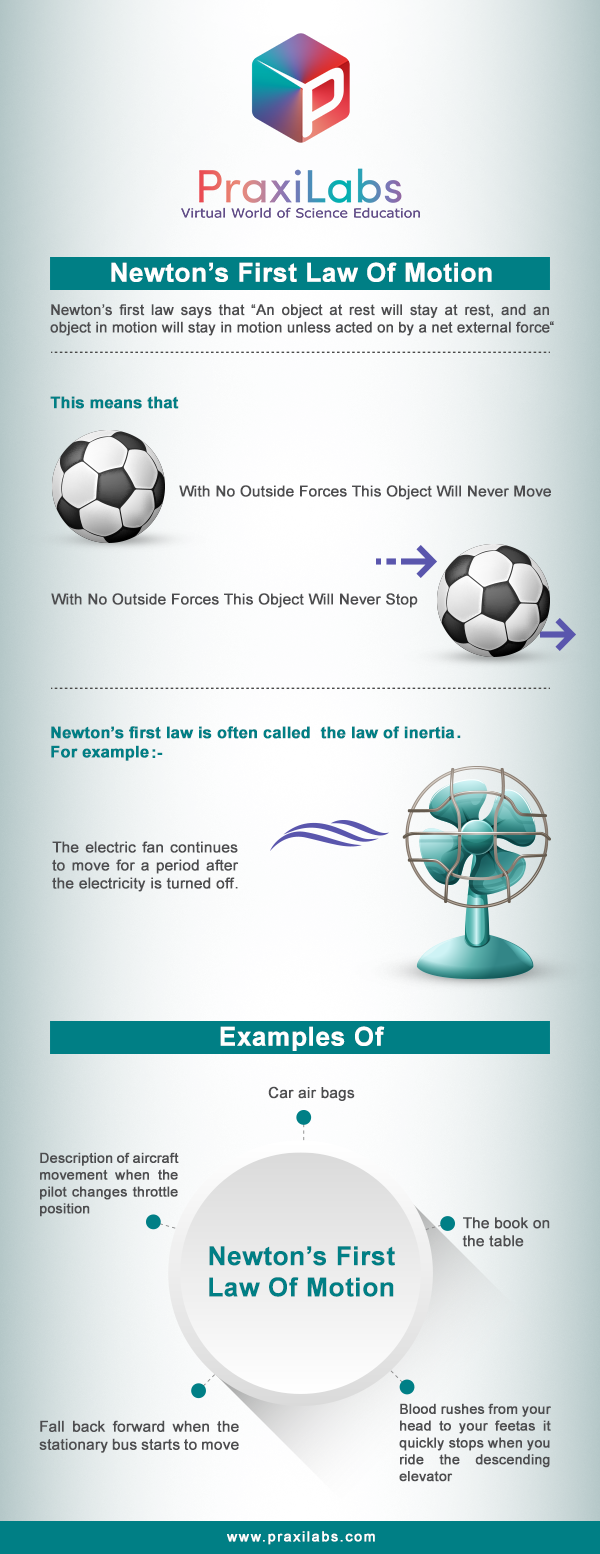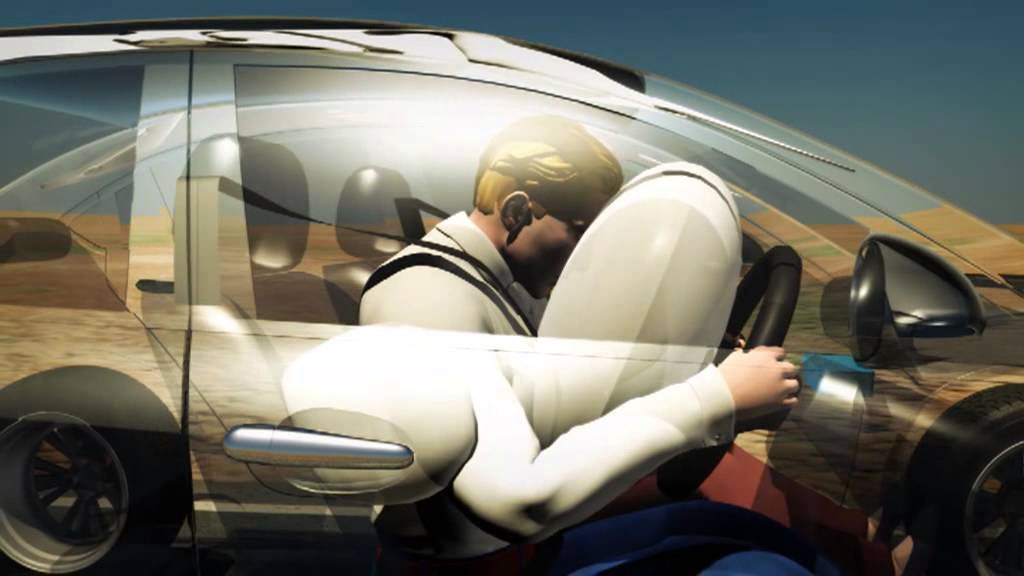2 Law of Motion Funny Stuff
Newton's laws of motion are three physical laws that establish the science of kinematics. These laws describe the relationship between the motion of an object and the force acting on it. They are essential because they are the foundation of classical mechanics, one of the main branches of physics. It was Isaac Newton who established these laws, and he used these laws to explain many physical systems and phenomena.
In this article, we will discuss Newton's first law of motion examples in everyday life.
Create a FREE Virtual Labs Account Now!
Sir Isaac Newton
If we are going to talk about classical mechanics and applications of Newton's laws of motion in daily life, we must first shed light on the founder of these laws and the one who has the credit for bringing them out to us, Sir Isaac Newton. Here are some quick facts about Isaac Newton

Newton's laws of motion were first published by Isaac Newton in his Philosophiæ Naturalis Principia Mathematica in 1687 in 1687, which is the basis of classical mechanics. Newton used these laws to explain and investigate many physical phenomena. Newton showed that these laws in addition to the law of universal gravitation are able to explain Kepler's laws of planetary motion, and these laws are still among the most important physical laws so far.
For more information about Sir Isaac Newton and the other laws of motions, visit our blog Applications of Newton's Laws of Motion in Daily Life.
Newton's First Law of Motion
It says that
"An object at rest will stay at rest, and an object in motion will stay in motion unless acted on by a net external force"
Explanation of Newton's First Law
This means that motion cannot change or decrease without the effect of an unbalanced force. If nothing happens to you, you will never go anywhere. If you're going in a certain direction, unless something happens to you, you'll always go that way forever.
That is, if the resultant force (the vector sum of the forces acting on the body) is zero, then the velocity of the object is constant. When we say that the velocity of an object is constant, we mean that both magnitude and direction are constant.
Now we'll show you a good example for illustration, when you see a video of astronauts. Have you ever noticed that their tools are floating? They can only place them in space and stay in one place. As there is no force to intervene to change this situation.
The same applies when they throw objects at the camera; these objects move in a straight line. Meaning, if they drop an object while in space, that object will continue to move in the same direction and at the same speed unless interfered with.
Get Started Praxilabs For FREE
Newton's First Law Formula
Newton's first law of motion equation is

where
V is the velocity of the object,
t is the time,
And F is the force
This means that we can say that a static body will remain static unless it is affected by external forces, and a moving body does not change its velocity as long as no external force affects it.
Inertia

The principle of inertia is one of the basic principles in classical physics that is still used today to describe the motion of things and how it is affected by the forces applied to them.
The term inertia may be referred to as "the amount of resistance of an object to a change in velocity" or "resistance to change in motion." This includes changes in the speed of the object or the direction of motion. One aspect of this property is the tendency of things to continue to move in a straight line at a constant speed, when no forces are affecting them.
The above can be summarized by the following

Types of Inertia
- Inertia of rest
An object stays where it is placed, and it will stay there until you or something else moves it.
- Inertia of motion
An object will continue at the same speed until a force acts on it.
- Inertia of direction –
An object will stay moving in the same direction unless a force acts on it.
For further understanding, you can try PraxiLabs virtual labs in classical physics. All you have to do is just create a free account
Join Us Now for FREE
Real Life Examples of Newton's First Law (Examples of Law of Inertia)

Now we will show some examples newton's first law of motion examples in everyday life:
- The electric fan continues to move for a period after the electricity is turned off.
- When the bus stops suddenly, people fall forward.
- If an index card is placed on top of a glass with a penny on top of it, the index card can be quickly removed while the penny falls straight into the glass, as the penny is demonstrating inertia.
- If an index card is placed on top of a glass with a penny on top of it, the index card can be quickly removed while the penny falls straight into the glass, as the penny is demonstrating inertia.
- If a ball is on a slanted surface and you let go, gravity will make it roll down the slope. It has inertia, and if there is a level area at the bottom of the slope, it will continue moving.
- If you are on a train and the train is moving at a constant speed, a toy tossed into the air will go straight up and then come down. This is because the toy has inertia like the train and you.
- If you jump from a car or bus that is moving, your body is still moving in the direction of the vehicle. When your feet hit the ground, the grounds act on your feet and they stop moving. You will fall because the upper part of your body didn't stop, and you will fall in the direction you were moving.
Newton's First Law of Motion Examples in Everyday Life

In our daily life, the occurrence of things around us can be explained according to Newton's first law (newton's first law of motion examples in everyday life), for example:
- The book on the table stays in place unless it is dislodged.
- Blood rushes from your head to your feet as it quickly stops when you ride the descending elevator.
- The hammer head can be tightened against the wooden handle by striking the bottom of the handle against a hard surface.
- While riding a skateboard (or cart or bike), you fly forward away from the board when you hit a sidewalk, rock, or anything else that suddenly stops the skateboard. Check Also: Applications of Newton's Second Law of Motion
How Is Newton's First Law Used in Everyday Life?
To understand how this is done, we will give two examples:
1) A Parachutist Who Jumps from an Aeroplane

Consider a parachutist who jumps from an aeroplane that is travelling horizontally. The initial vertical speed of the parachutist is zero. However, he will immediately be acted upon by his weight acting vertically downwards and since the external resultant force is not zero he will accelerate downwards. As the parachutist's speed increases so does the air resistance. This opposes the downwards force of his weight and means that he will not increase in speed indefinitely.
Eventually the air resistance will increase until it equals his weight. At this point the resultant force on the parachutist will be zero and he will stop accelerating; instead he will continue to fall at a constant or terminal velocity. When the parachutist pulls the rip-cord and the parachute is opened, the air resistance is suddenly increased such that it is greater than his weight.
The resultant force is upwards meaning that the parachutist will start to decelerate. This will continue with the air resistance reducing until the forces are again equal and the speed of fall is constant. At this point the terminal velocity should be only a few m s−1.
2) A Car Parked at Rest on A Hill

For a car parked at rest on a hill, the three forces (friction, weight, and normal reaction force) have zero resultant force. Friction balances the component of weight down a slope. If the vehicle moves with constant velocity, the driving force and resistive forces (air resistance and friction) must be equal in magnitude and opposite in direction.
5 Real Life Applications of Newton's First Law of Motion

Try 3D Virtual Labs Now
1- Car Air Bags
The function of the air bag is to inflate in an accident and prevent the driver's head from hitting the windshield. When a car with an airbag is exposed to an accident, the sudden slowdown in its speed leads to the operation of an electrical switch, and this starts a chemical reaction that produces a gaseous substance that works to fill the air bag and protect the driver's head.
2- Baseball Is at Rest
It needs external force to move, gets thrown, or is hit. The distance the ball travels depends on the amount of force that acts on it.
3-The motion of a ball falling through the atmosphere or a model rocket launched into the atmosphere.
4- The Liftoff of a Rocket from the Launch Pad.
Just prior to engine ignition, the velocity of the rocket is zero and the rocket is at rest. If the rocket is sitting on its fins, the weight of the rocket is balanced by the reaction of the earth to the weight. There is no net force on the object, and the rocket would remain at rest indefinitely.
When the engine is ignited, the thrust of the engine creates an additional force opposed to the weight. When the thrust is greater than the weight, there is a net external force equal to the thrust minus the weight, and the rocket begins to rise. The velocity of the rocket increases from zero to some positive value under the acceleration produced by the net external force.
5- A Kite Flying through the Air
The forces acting on a kite in flight include the weight, the aerodynamic lift and drag, and the tension in the control line. In stable flight, these forces are all balanced and the kite holds a fixed altitude.
Explanatory Video of Newton's First Law
PraxiLabs Virtual Labs in Mechanical Physics

PraxiLabs virtual science labs enable you to conduct various laboratory experiments in physics, chemistry, and biology online anytime and anywhere.
Create your free account and try the virtual labs in mechanics that explain Newton's laws of motion and newton's first law of motion examples in everyday life.
Create a FREE Account Now!
franklinpressita1961.blogspot.com
Source: https://blog.praxilabs.com/2021/06/07/newtons-first-law-of-motion-examples-in-everyday-life/
0 Response to "2 Law of Motion Funny Stuff"
Post a Comment